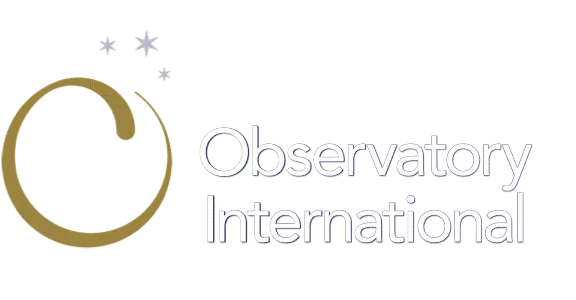Beyond the Agency Ratecard
Throughout 2025 the debate around marketing agency remuneration has intensified. In July the IPA published a report “The Price Isn’t Right” calling for a fundamental reassessment of how agencies structure their commercial models and client partnerships. The incorporation of GenAI into marketing comms process and agency ways of working, combined with an increase in the use of integrated agency models is putting traditional pricing models under strain.
The Traditional Model Is Breaking Down
The Full-Time Equivalent (FTE) or “Resource Package” commercial model — based on hourly rates and headcount — is increasingly facing questions of whether it is fit for purpose. Despite rapid changes in marketing delivery, including:
- Proliferation of channels,
- Greater volume and variety of content,
- Reliance on agencies to deliver on AI,
- Always-on, full-funnel strategies,
…the way agencies are remunerated has barely evolved.
In 2020, in the ISBA Best Practice Guide to Agency Remuneration we noted that, for decades, the time-based methodology that lies behind the calculation of retainer-based fees has been seen by many clients and their procurement teams as the ‘gold standard’ for defining costs. They provide clarity in terms of what the agency is expected to deliver, how they will staff to do that effectively, and what the cost will be.
But time-based models can only offer clarity when scopes of work are accurate. In today’s reactive and fast-paced environment, such precision is often unattainable.
The Scope of Work Problem
Modern marketing lacks stability, Marketers often cannot provide detailed requirements up front – some lack the skills, but more significantly the need for reactive marketing and the proliferation and optimisation of channels and messaging makes this challenging.
This leads to vague, top-line scopes that agencies must price against — often inaccurately. When the reality diverges from the scope, costings become misaligned, creating tension and inefficiency. Add shifting budgets and commercial pressures, and the relationship can quickly deteriorate.
Lack of Transparency Complicates Trust
Some agencies opt not to disclose hours or rates — offering only an overall cost to deliver a scope. While this protects internal commercial structures, it does create complications for client teams. In a traditional pitch or Procurement process it can make comparison very difficult. And it doesn’t always provide clarity on who and what resource will be assigned to the account – which isn’t reassuring to Marketers who generally want to build a long-term partnership with their agencies.
The Pitch Paradox
Ironically, the pitch process itself seems to reinforce the FTE remuneration model to facilitate commercial comparison between agencies. Yet, a pitch should be about:
- Strategic quality and creative ideas,
- Team calibre and chemistry,
- Confidence in delivery — not just price.
A well-managed pitch process should balance affordability with the assurance that the team presented is the one which will be delivering the work.
Enter AI and Technology
AI is reshaping agency operations — from content creation to data analysis and campaign optimisation. As agencies increasingly blend human expertise with AI-driven efficiencies, pricing models must evolve.
A rigid time-based model can’t accurately reflect:
- AI-enabled productivity gains,
- The changing make-up of teams and tools,
- Value derived from outcome-focused thinking.
The Stakeholder Equation
Brands have multiple internal stakeholders with differing remuneration priorities:
- Finance: Needs cost clarity, flexibility and measurable ROI.
- Procurement: Wants transparency, efficiency, and value assurance.
- Marketing: Desires strategic partnerships that are agile, collaborative, and growth-oriented.
Can one model serve all?
The Path Forward: Hybrid and Outcome-Based Models
A promising alternative is a blended remuneration model, combining:
- Fixed Fees (Budget-First) – shifts the focus from “How much for these deliverables?” to, “Here’s the budget and goal — what’s the best way to deliver it?”
- Performance-Based Elements (Bonus & Malus) – rewards value creation and results, not just output volume.
- Shared Efficiency Gains – encourages long-term collaboration:
-
- Agencies receive higher margins for investing in AI/tech,
- Clients benefit through reinvestment or savings.
Conclusion
In a world where AI, agility and strategic creativity drive marketing success, agency remuneration models must evolve. Time- and resource-based models don’t reflect value. Instead, brands and agencies must co-create flexible, transparent, and outcome-driven frameworks. Done well, such models won’t just pay agencies for their time — they’ll reward them for their impact.















